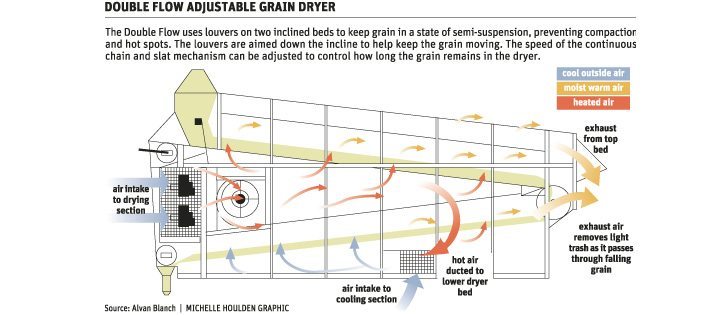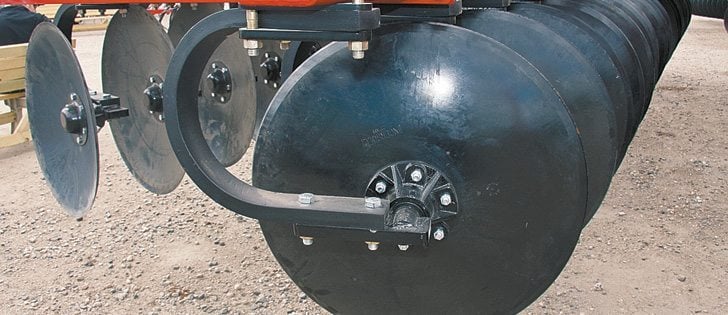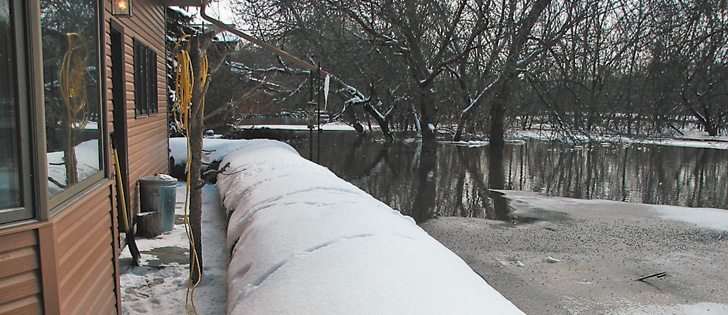Go with the flow | Varying crops can take advantage of nutrients and moisture and avoid disease and insects
MINOT, N.D. — Don Tanaka could never understand why most northern Plains producers locked themselves into a fixed rotation of two or three crops.
“Cropping systems that are not flexible to change will be unsustainable,” the recently retired U.S. Department of Agriculture researcher wrote in Agronomy Journal in 2007.
He said this was particularly problematic because farming on the Prairies is already a risky enterprise and may become more so in the future.
Instead of seeding canola-wheat-canola or another fixed rotation for the next 20 years, Tanaka argued that producers should consider a dynamic cropping rotation in which they vary their crops from year to year.
Read Also

Defence investments could benefit agriculture
A bump in Canada’s NATO spending commitments could lead to infrastructure investments that would benefit rural areas
That way, producers can take advantage of variable factors such as weather, soil resources, market opportunities and nutrient cycling.
Mark Liebig, a USDA researcher who worked with Tanaka in Mandan, North Dakota, said this type of adaptive approach to rotation might be more challenging than a fixed rotation, but it avoids the long-term risks associated with a simplistic rotation, such as buildup of crop disease, insects and the inevitable headache of pesticide resistance.
“It (dynamic rotation) is knowledge intensive. It really is,” Liebig told the Manitoba North Dakota Zero Tillage Farmers Association workshop in Minot in January. “You almost need crop rotation support.”
Nonetheless, Tanaka’s research in North Dakota has shown there are benefits to adjusting a rotation on the fly, depending on:
- how much precipitation fell during the non-growing season
- what crop was planted the previous year
- how that crop might affect soil moisture
- what herbicides will work with a potential crop, considering the previous crop
- the impact of the previous crop on soil biology
- market and pricing opportunities
Tanaka and his USDA colleagues conducted field experiments in the 2000s to understand the value of dynamic cropping systems.
They developed a 10 by 10 plot matrix of 10 no-till crops, which allowed them to collect data on 100 plots to evaluate the influence of crop sequence on crop production.
Crops included buckwheat, canola, chickpea, corn, lentil, millet, sunflower and wheat.
The researchers found that dynamic cropping systems led to higher yields with less yield variability from year to year.
“Grain yield (for spring wheat) in a dynamic system was 20 and 17 percent higher, respectively, compared to three and five year rotations containing spring wheat,” Liebig wrote in a summary of the research.
However, he isn’t sure how many North Dakota growers have adopted the practice.
“We get asked that question all the time … (but) we don’t have a crop rotation survey,” he said. “But there’s definitely intrigue. There’s definitely interest. People are paying attention.”
















